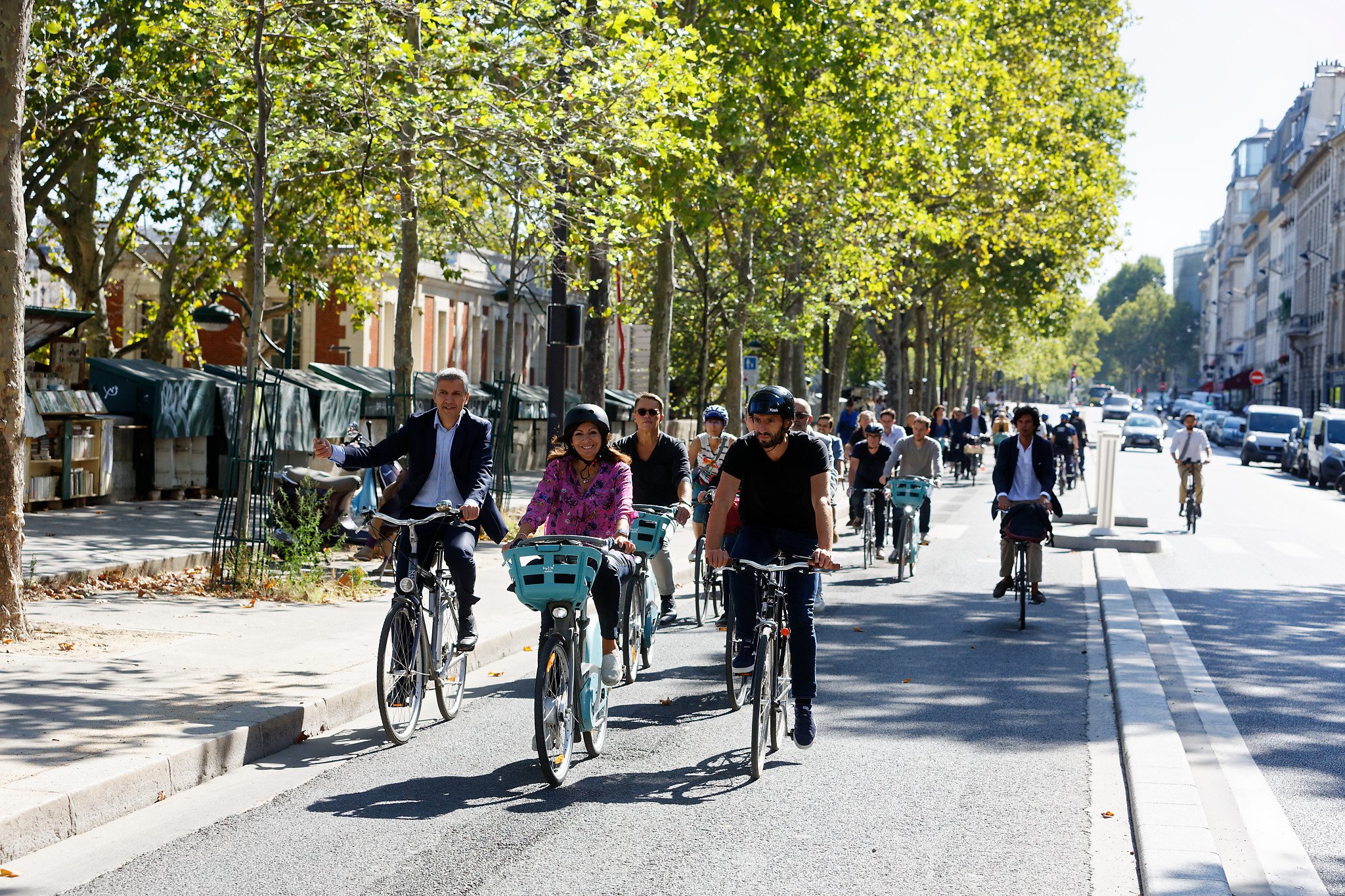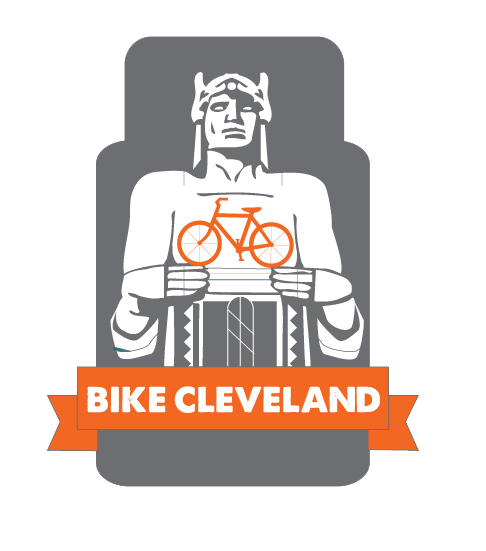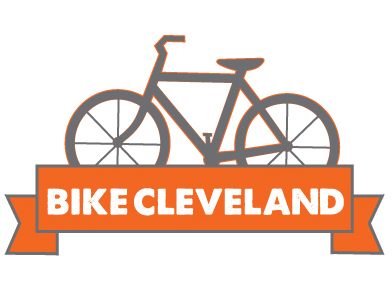15-minute cities: what are they and how do bikes fit in?

In this summer blog series, we will be examining the intersectionality of multiple issues related to mobility and the need to expand protected bike infrastructure. This week’s post will discuss the concept of 15 – minute cities and the crucial role that bikes can play within them. Sign our petition calling on the City of Cleveland to upgrade our bike network to protect riders: https://p2a.co/Fc6MvSY
15-minute cities: what are they and how do bikes fit in?
15-minute cities have become an increasingly relevant topic over the last few years, for both good and bad reasons. Most of the attention has come from theorists who believe that they are an attempt to limit freedom of mobility; however, this conclusion could not be further from the truth. So what are 15-minute cities, really?
According to the New York Times, the term “15-minute city” is used to describe communities in which residents have access to all of their daily needs within either a short walk or bike ride. These needs typically include grocery stores, schools, libraries, banks, shops, and restaurants; in addition, this may involve locating more jobs closer to residential areas. This is not a new idea within urban planning, considering that cities functioned this way for thousands of years until the development of cars. Using the concept of 15-minute cities, the goal of urban planners is to make cities less car-dependent and more vibrant.
Paris is one of the cities that is leading the charge globally to become a 15-minute city. Mayor Anne Hidalgo has implemented restrictions on driving, such as limiting cars in certain areas of the city and congestion pricing, helping to reduce the number of cars in the city center. This has been paired with some of the most aggressive implementation of bike infrastructure that we have seen in recent decades.

Paris Mayor Anne Hidalgo (center) has successfully overseen a massive implementation of bike lanes in her city, and has made the 15-minute city a key part of her platform. Source: Cyclist Magazine
Likewise, a similar concept called “low-traffic neighborhoods” (LTNs) has emerged in the United Kingdom. LTNs are areas of cities where traffic is typically limited to local residents (similar to Bicycle Boulevards or Neighborhood Greenways in the US); instead of using neighborhood streets to cut through, cars are encouraged to use peripheral roads. The effect of implementing LTNs has been substantial in helping to reduce the number of cars in residential areas, while also contributing to increases in bicycling and walking.
LTNs, in particular, have been the subject of protests across the United Kingdom, which have been fueled by misinformation. Detractors say that LTNs prevent residents from leaving their neighborhoods, which is completely false. Creating 15-minute cities is an important goal for both increasing equity and environmental outcomes, so it is necessary for more organizations to debase these claims that they are harmful and restrict freedoms.
Examples from Peer Cities
The implementation of policies that are centered on the creation of walkable and bikeable areas is not limited to European cities. There are multiple examples of US cities implementing similar ideas to those of the 15-minute city. In Detroit, a concept was introduced in 2016 that would involve the creation of 20-minute neighborhoods. These neighborhoods would function just like 15-minute cities, where residents would be able to access daily needs within walking distance.
The 20-minute neighborhood concept has also been adopted by Portland, OR as part of its climate action plan. Specifically, the plan says that 90% of the city’s residents should be able to walk or bike to access their daily needs by 2030. This involves working to densify the city, creating more mixed-use neighborhoods, and investing in public transportation and infrastructure for bikes.
How can this help Cleveland?
Making Cleveland into a 15-minute city has been a stated goal of the new mayoral administration since last year. This is an especially important goal because so many Clevelanders do not have nearby access to fresh food, jobs, or other needs. Bicycling is going to play a major role in equitably increasing mobility and access to these needs, which is why it is necessary for the city to invest in a low-stress bike network that prioritizes ridership and safety. A key part of creating a low-stress bike network is the addition of protected lanes, which help riders feel safer and provide them with increased protection from crashes with cars.
What can you do?
Our 2023 Policy Priorities revolve around maintaining and investing in 27 miles of existing bicycling corridors to provide safety and comfort requirements of potential users. This work can contribute to economic development in the City of Cleveland.
Support our 2023 Policy Priorities!
This summer blog series will be written by Connor Brentar, an intern at Bike Cleveland, and will focus on issues relating to advocacy and education surrounding biking. You can contact Connor with questions at connor@bikecleveland.org

